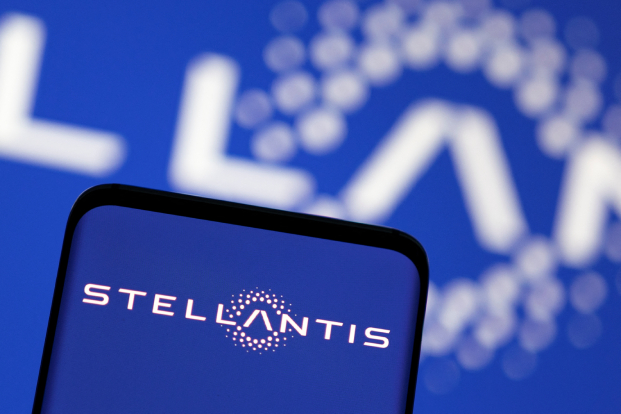Car giant Stellantis said on Tuesday it plans to build a factory in Europe to make batteries for electric vehicles with China’s CATL.
This would be the European carmaker’s fourth plant in the region, as it tries to make both batteries and electric vehicles that are more affordable.
The two companies announced a preliminary agreement for the supply of lithium iron phosphate (LFP) battery cells and modules for the automaker’s EV production in Europe and said they were also considering setting up a 50-50 joint venture in the region.
Stellantis’ global head of purchasing and supply chain Maxime Picat said the JV plan with CATL was aimed at building a new gigafactory in Europe to make LFP batteries. They are cheaper to produce but less powerful compared with nickel manganese cobalt (NMC) ones, the other current mainstream technology.
ALSO SEE: Foxconn EV Unit’s Low-Powered Market Debut Amid Sector Fears
Discussions were ongoing with CATL on the JV plan and a few more months were needed to finalise it, Picat said, declining to provide details about the possible location of the new battery facility.
It would be CATL’s latest investment in the region, as it expands outside its home market.
Europe’s carmakers and governments are pouring billions of euros into building battery plants on their home turf to reduce their dependency on Asia. At the same time, Chinese battery makers like CATL are building plants in Europe for European-made EVs.
Three gigafactories
Picat said the deals with CATL would complement the group’s electrification strategy, with LFP batteries helping cut production costs in Europe, while maintaining output of NMC batteries for more expensive cars.
“Definitely what we are aiming at is to grow those LFP batteries on multi-segment, because affordability is needed on many different segments, being passenger vehicle or potentially commercial vehicles,” he said.
In Europe, Stellantis – the owner of brands including Jeep, Peugeot, Fiat and Alfa Romeo – is building three gigafactories, in France, Germany and Italy through its ACC joint venture with Mercedes and TotalEnergies, specialising on NMC chemistry.
“Affordability is a key and that’s where LFP is today the best technology you can find on the market in that compromise between autonomy and cost,” Picat added. “That’s where we bring that second very important stage to our strategy in Europe”.
CATL chairman and general manager Robin Zeng said the partnership “will be a decisive step on both parties’ journey towards carbon neutrality goals”.
Under Tuesday’s agreement, CATL will also initially supply LFP batteries to the Franco-Italian automaker for EVs in its passenger car, crossover and small and medium sized SUV segments.
Since its creation in early 2021 through the merger of Fiat Chrysler and Peugeot maker PSA, it has lined up several supply agreements for materials needed for its global EV production.
- Reuters with additional editing by Jim Pollard
ALSO SEE:
Stellantis Secures China Foothold With $1.6bn Leapmotor Deal
China’s EV Battery Giant CATL Profit Eases on Slower Demand
VW Talking to Leapmotor on Tech Tie-up; BYD India Tax Probe
LFP Becoming the Battery of Choice for Electric Vehicles
Foxconn, Stellantis Join Forces in Auto Industry Chips JV
Stellantis Eyes India to Create Affordable EVs for Export
























